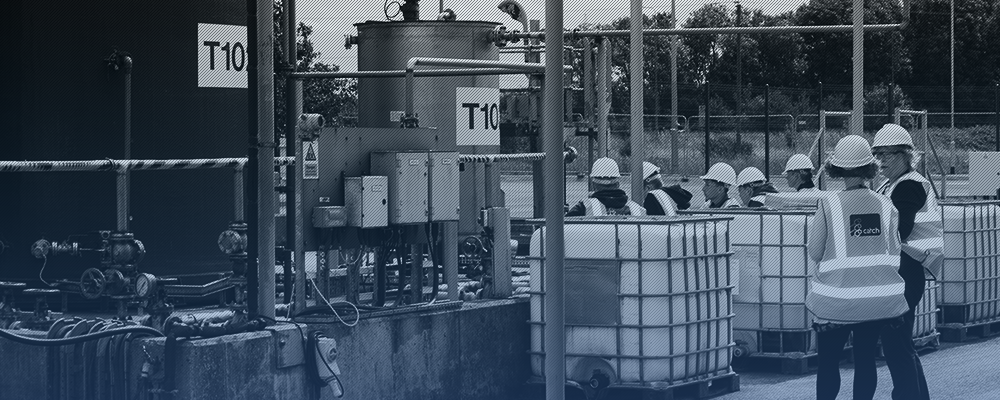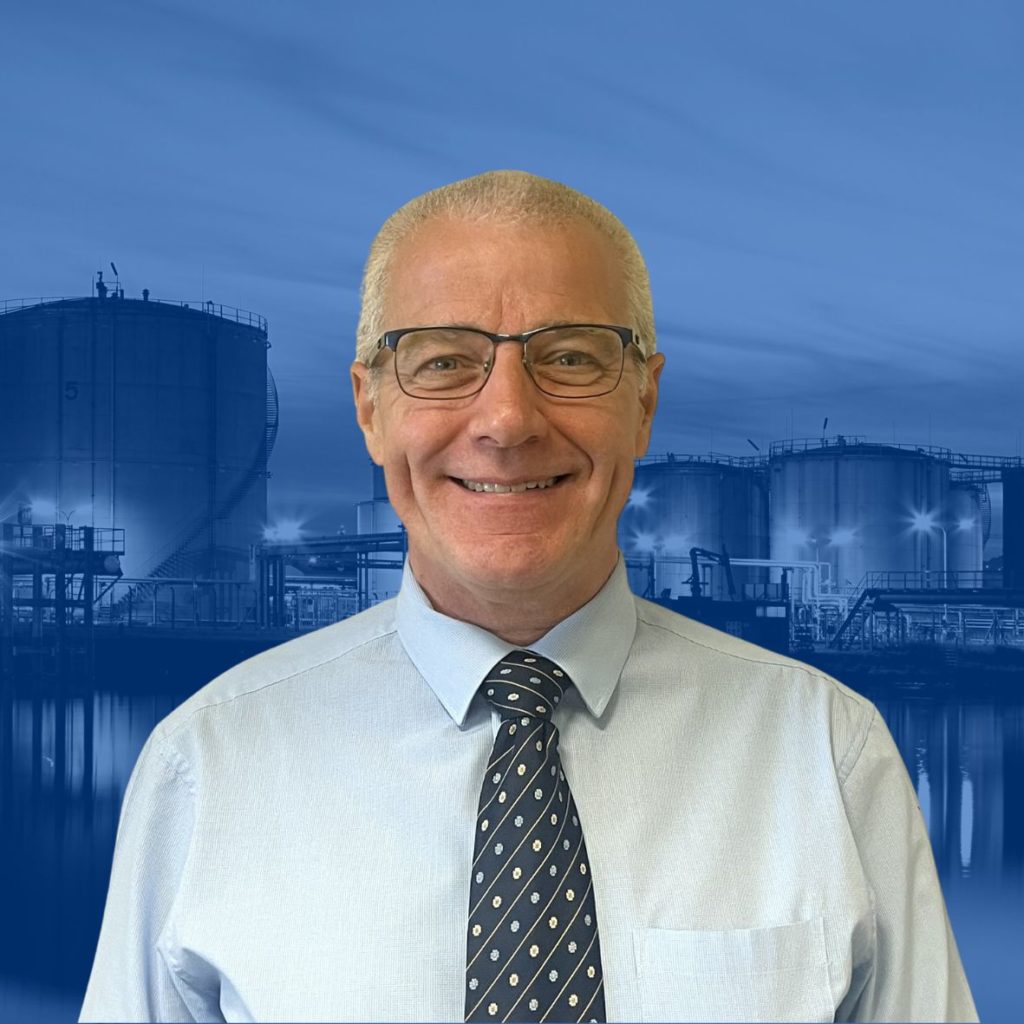
The ideal of a perfect health and safety procedure is most beautiful to behold. In a perfect world, perfect safety procedures would indeed exist. Yet debate seesaws back and forth on whether this ideal is grounded in fact or fiction.
It is fiction – in our opinion – which orbits this perennial question. If there is no such thing as a perfect health and safety procedure then, does this mean we should hang up our gloves and adopt a ‘what will be will be’ attitude?
Of course not. We don’t go cancelling Christmas just because there’s a questionmark over Santa’s existence. Likewise, in the high hazard sector, failure is never an option. Breakdowns in process safety systems can cause huge damage to life, plant, communities and the wider environment.
This is where it gets ironic. Industry leaders who accept that the pursuit of perfection is unattainable actually position themselves to be more proactive to risks.
It is this type of thinking which drives companies to regularly evaluate their safety culture, continually improving resources to enhance key skills and knowledge around process safety. Leaders who are on edge keep their sites on the cutting-edge of safety.
The Health and Safety Executive agrees
We are not alone in this thinking. Speaking to industry leaders back in 2013, the chair of the Health and Safety Executive called on industry to demonstrate leadership in the prevention and mitigation of major catastrophic process safety incidents.
“A leader who constantly seeks reassurance and doesn’t welcome bad news will get told everything is ok even when it isn’t,” Judith Hackitt said to delegates in Texas at the Mary Kay O’Connor Process Safety Center symposium, Tuesday 22nd October, 2013.
“The leader who asks to understand what the process’s greatest vulnerabilities are and how they need to be addressed will create a very different climate in their organisation.”
Ms Hackitt said industry needed leaders who could live with a “chronic sense of unease and who can spot the warning signs of complacency creeping in.”
What do you think?
German poet and writer, Johann Wolfgang von Goethe, postulated many moons ago that “the man with insight enough to admit his limitations comes nearest to perfection”.
Taking a page from Johann Wolfgang von Goethe’s book, we in industry must come to understand what we don’t know and be willing to fill in the gaps by learning day in, day out.
That’s not to say in our new age of increased oversight that many leaders don’t already take this approach. We are to be proud that the majority of companies work hard to ensure the safety of their site, staff and surrounding communities.
Whilst major incidents such as Buncefield are rare, rare doesn’t mean extinct. So let us replace the notion of safety perfection with an understanding that we must neverendingly evolve systems.
Leadership is essential in this. Given that the apple never falls far from the tree, boardrooms should sound positive safety signals which echo across the whole of their organisation from directors, to site managers, to operators.
The operation must then work as a collective body to ensure safety remains atop of the agenda, rolling out effectively implemented and robustly maintained systems.
Making profit is important, but safety is crucial. After all, a process will be further delayed by an avoidable accident.
What do you think?


